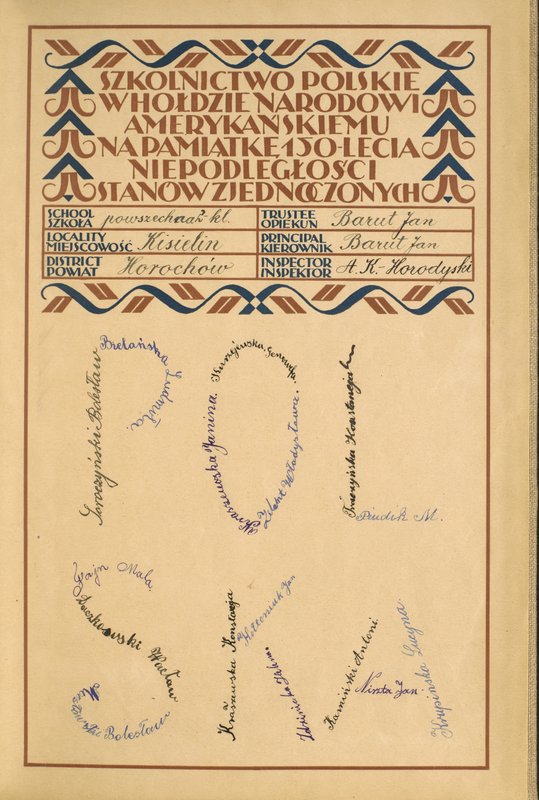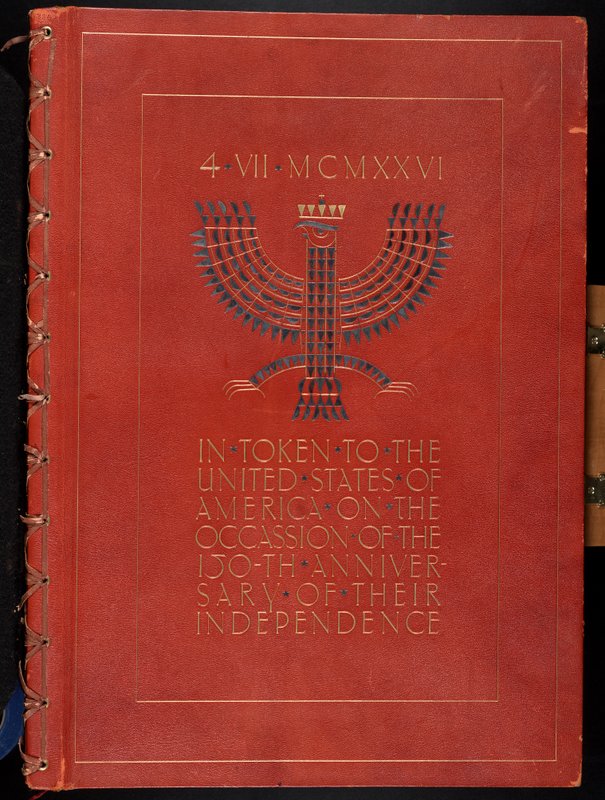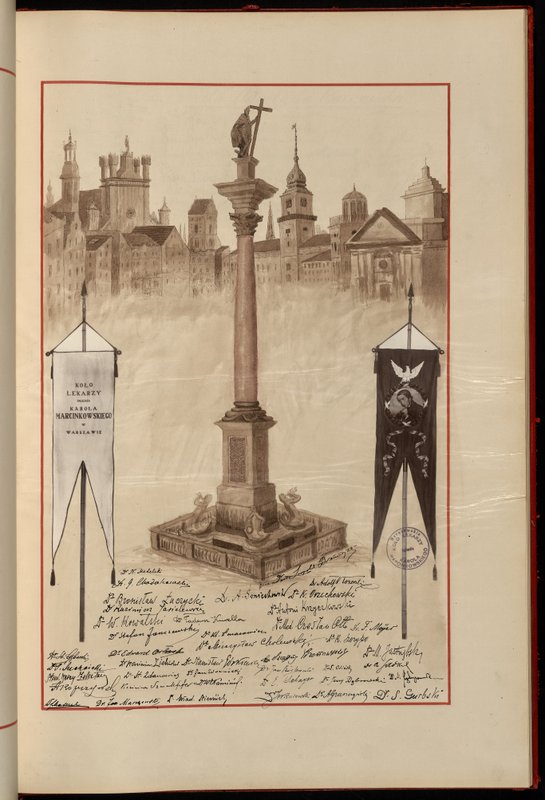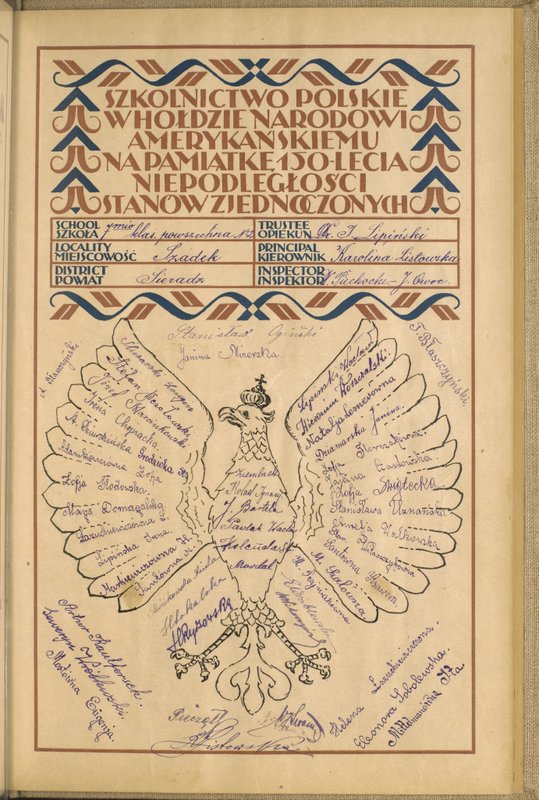WARSAW, Poland (AP) — It was a declaration of birthday wishes from a newly independent nation to one marking its 150th anniversary — and it was signed by almost a sixth of the population.
“We, the people of Poland, send to you, citizens of the Great American Union, fraternal greetings, together with the assurance of our deepest admiration and esteem for the institutions which have been created by you,” reads the “Polish Declarations of Admiration and Friendship.”
“In them liberty, equality and justice have found their highest expression and have become the guiding stars for all modern democracies.”
Some 5.5 million Poles signed the document over an eight-month period in 1926 to mark the 150th anniversary of America’s Declaration of Independence, a mass expression of gratitude for the help America gave the Poles during World War I.
The collection was presented to President Calvin Coolidge, who requested the manuscripts be preserved in the Library of Congress in Washington. More than 90 years later, the documents have now been digitized and made accessible online.
The Polish Embassy in Washington announced the step a few days ahead of the Fourth of July holiday and as President Donald Trump prepares to visit Warsaw on Thursday — a visit coming early in his presidency that also reflects the longstanding U.S.-Polish alliance.
It also comes as Poland gears up to celebrate the centennial next year of its own independence, regained at the end of World War I after 123 years of being ruled by foreign powers. Poland’s rebirth was possible partly thanks to the backing from President Woodrow Wilson, who insisted on the re-creation of an independent Polish state.
Polish President Andrzej Duda, who has seen the collection, called it “an extraordinary work and an important testament for Poles and Polish-Americans.”
“It will be thrilling for many individuals to soon be able to find the signatures of their forefathers in these declarations,” Duda said.
The manuscripts — 30,000 pages in 111 volumes — are richly illustrated and include original works by the best Polish graphic artists of the era. Among those who signed were leading politician Jozef Pilsudski, government members and Czeslaw Milosz, a teenager who went on to become a Nobel-winning poet and writer. Many other political figures, priests, scientists, soldiers and millions of schoolchildren also signed, sometimes adding their own drawings or dried flowers to the pages.
Ryszard Schnepf, a former Polish ambassador to the United States who initiated the digitization project, said he found it amazing that “during only a few months, in a shuttered and divided newborn country, five and half million people signed a declaration. We can only imagine how strong the friendship feelings toward the American people must have been.”
An image made available Monday July 3, 2017, from the Library of Congress shows a page bearing signatures of public school teachers and pupils, from the 1926 Polish Declarations of Admiration and Friendship for the United States, signed by 5.5 million Poles, nearly one-sixth of the population of the time, over an eight month period and then presented at the White House to U.S. President Calvin Coolidge in 1926, to mark the 150th anniversary of America’s Declaration of Independence. The extraordinary documents have now been digitised and made accessible by the Library of Congress in Washington, ahead of the Fourth of July holiday and as U.S. President Donald Trump prepares to visit Warsaw on Thursday.(Library of Congress via AP)
Online: https://www.loc.gov/collections/polish-declarations/about-this-collection/








COMMENTS
Please let us know if you're having issues with commenting.